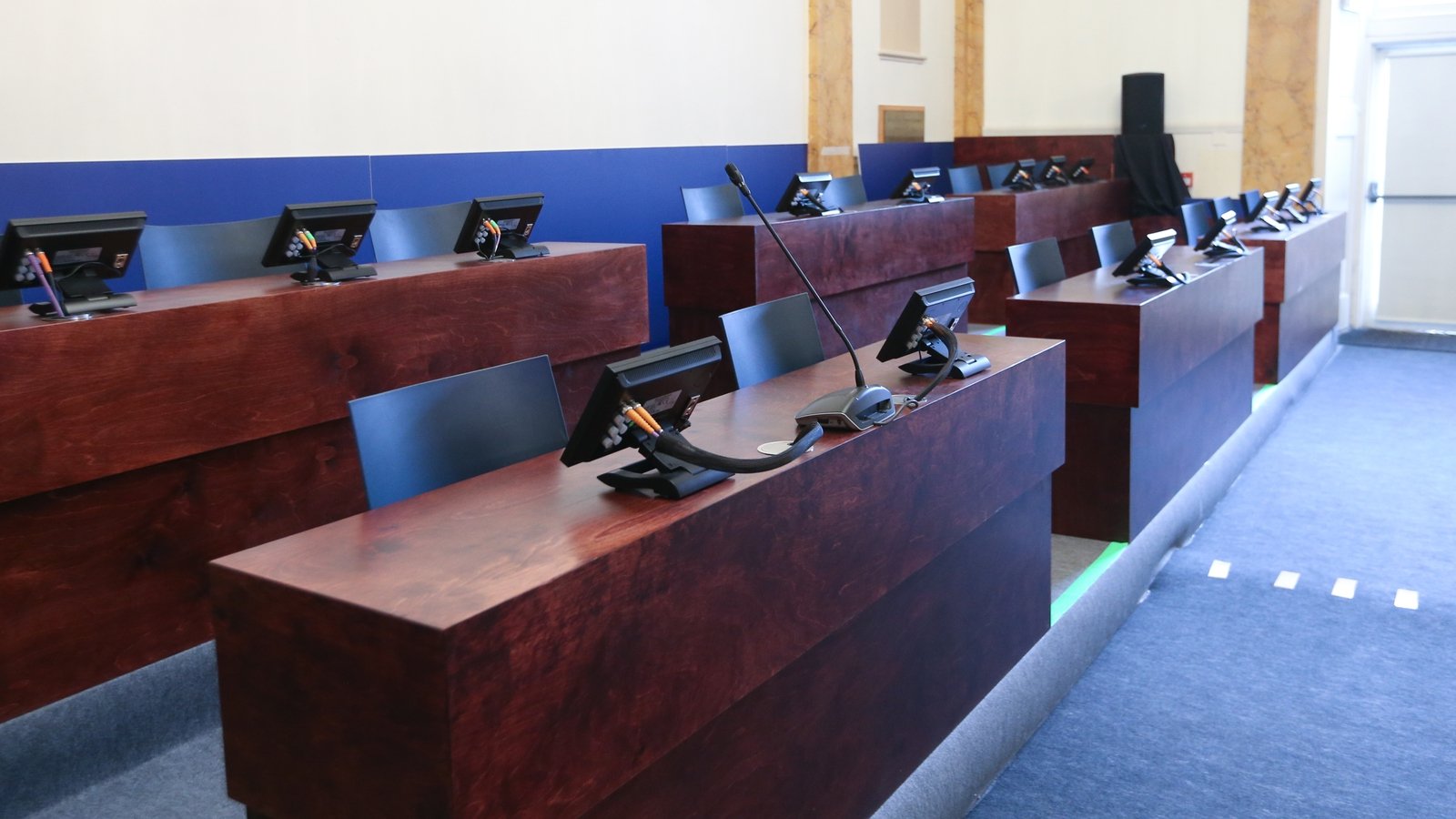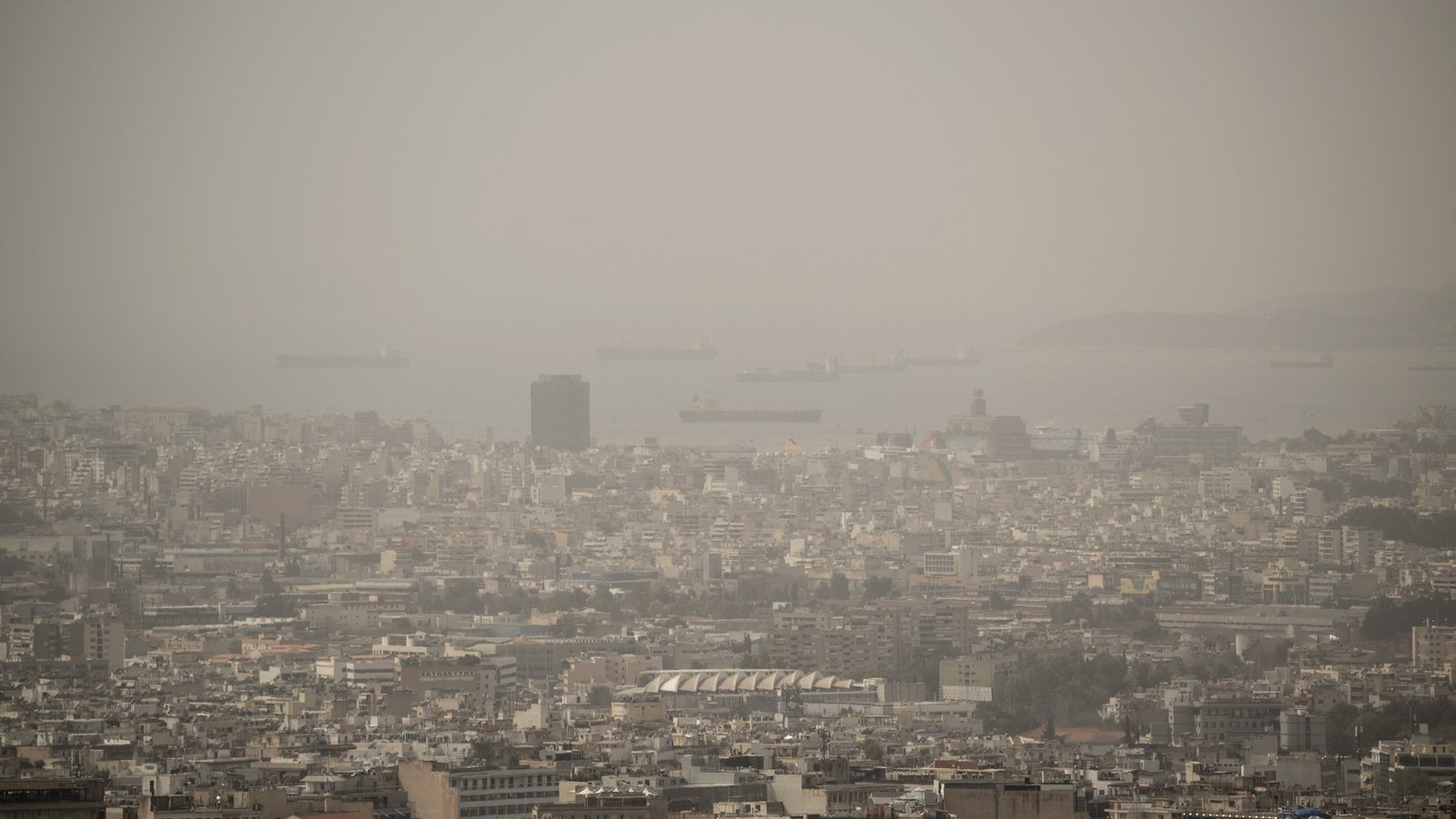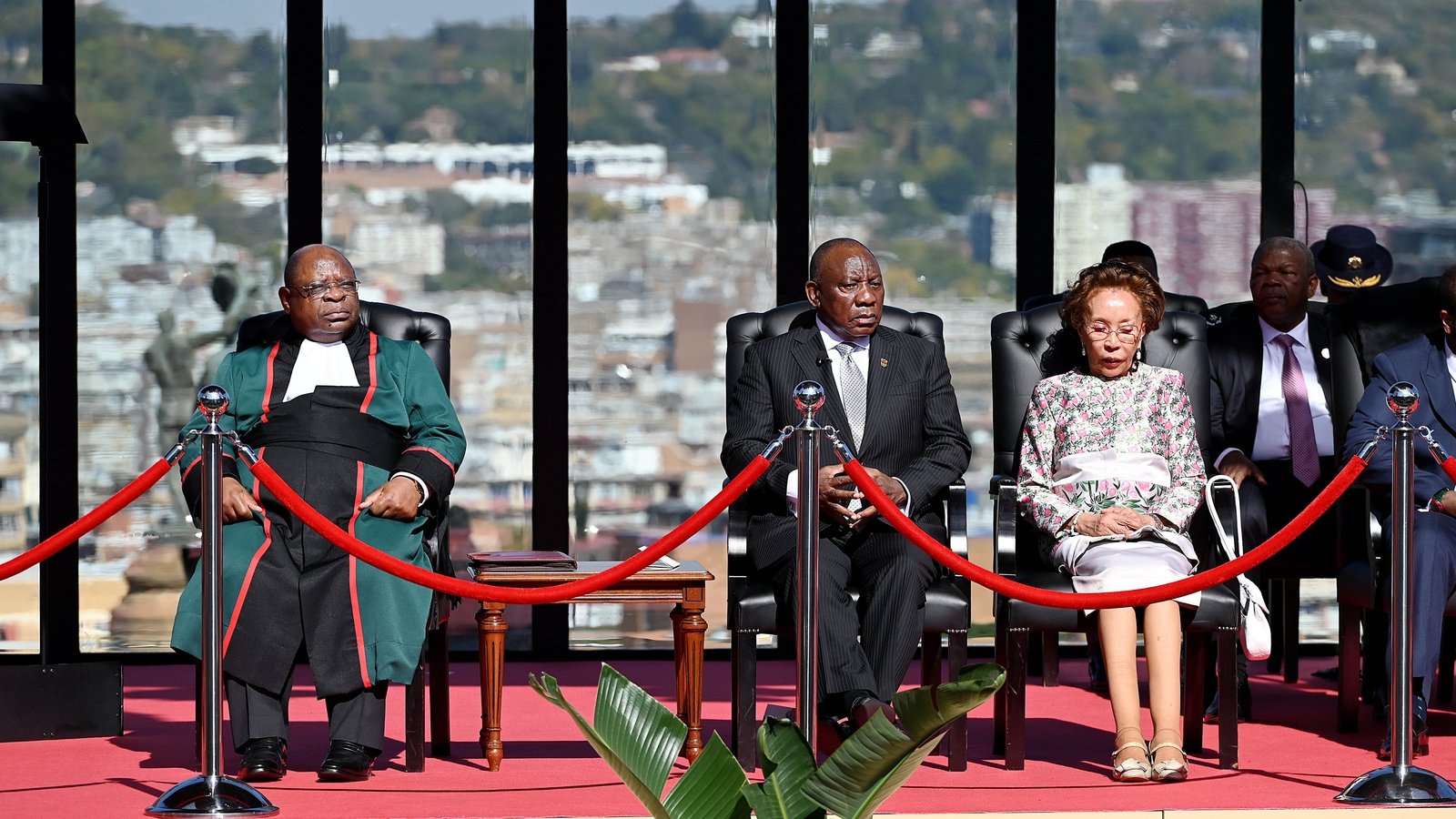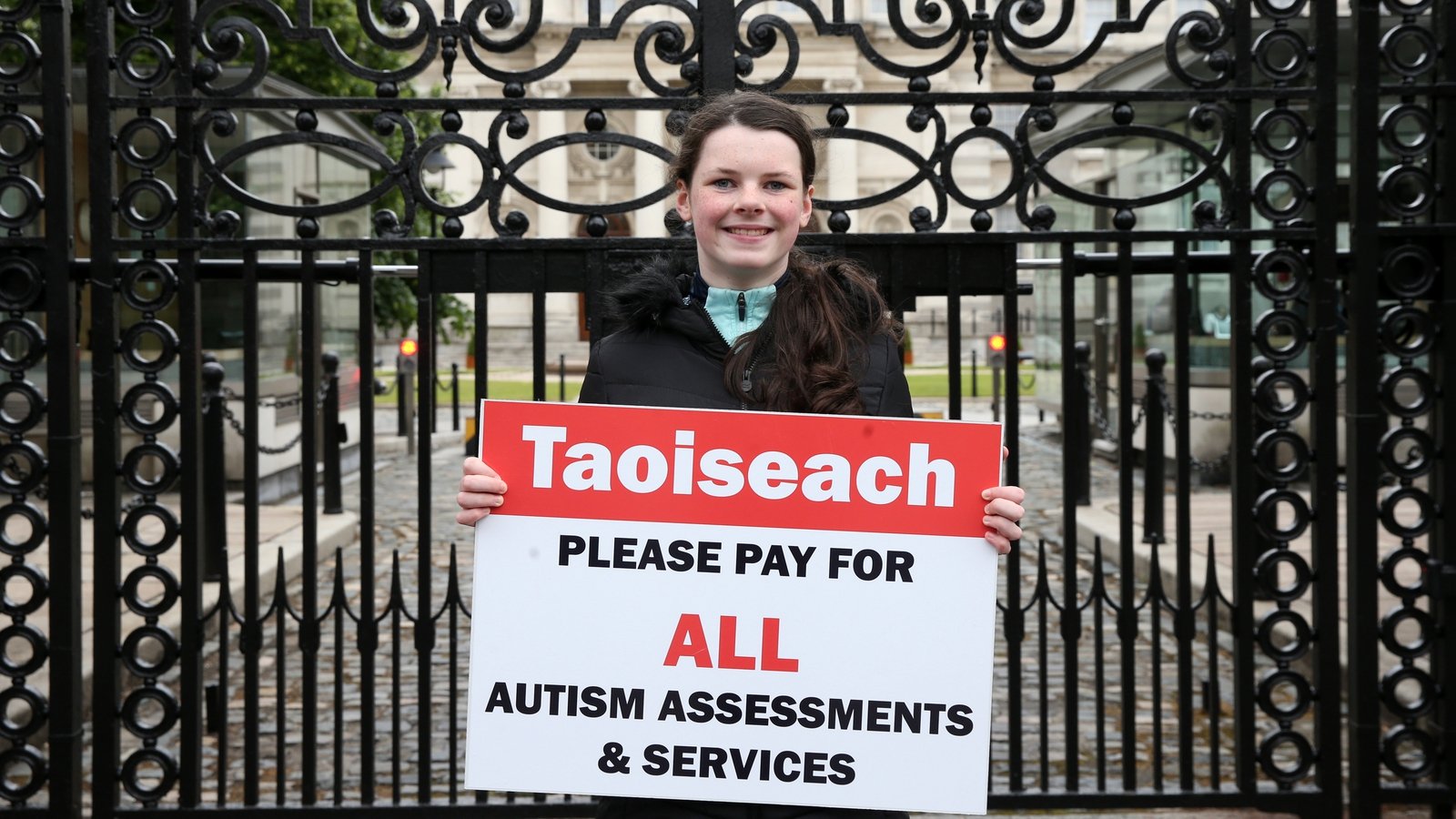Coroner concludes summary of Stardust inquests evidence


The jury at the Stardust inquests have been told how the majority of those who lost their lives in the nightclub were probably already dead before the first fire tender arrived on the scene.
Coroner Dr Myra Cullinane concluded her summing up of the evidence to the jury as the almost year-long proceedings near an end.
The inquests, which are being held in the Pillar Room on the grounds of the Rotunda Hospital, are set to resume next week when the coroner will charge the jury and explain the verdicts and other matters that they must consider.
A total of 48 people lost their lives in the 1981 St Valentine’s Day fire at the Artane nightclub.
The victims were aged between 16 and 27.
Today, the coroner summarised the evidence of the expert witnesses who have given testimony to these hearings about how and where the fire could have started.
She told the jury how Mark Ross, a fire expert, said that given the speed of the fire, most of the victims that died in the club had probably already lost their lives before the first unit of the Dublin Fire Brigade arrived on the scene at around 1.51am.
Dr Cullinane also said that it was estimated that the fire reached temperatures as high as 1,200 degrees Celsius in less than two minutes.
She said the jury had heard extensive evidence on the cause and spread of the fire and that she would not summarise it in great detail as it was very technical and did not want to misinterpret or mislead.
She told the jury that almost all of the people inside the club who saw the fire initially, first observed it in the cordoned off seating area known as the west alcove.
In addition, she said there were a number of people outside who saw a fire.
Possible starting location of fire
She pointed to evidence given by fire expert Dr Will Hutchinson, who said if their timings are correct, then there may have been a fire that had developed in the roof space some time before it was visible in the Stardust itself.
She said the jurors had to look very carefully as to whether the fire was first seen outside before it was first seen in the west alcove inside the club.
Dr Cullinane also told the jury that the court has heard a possible starting location for the fire was in the hot press which was situated in the main bar.
She said it had been suggested that if it had started there, the staff would have observed it and reminded the jury that the bar was closed at the time the fire was likely to have started.
Dr Cullinane also said that Dr Hutchinson had given evidence of “poor wiring” in the immersion heater in the hot press and that it was possible for it to heat up and ignite nearby material.
He had also, the court heard, outlined the mechanism where a hot press fire would travel up and be deflected by the water tank above to area over the west alcove.
The coroner also recalled that Dr Hutchinson had said that if the fire started in the west alcove than “human agency” must have been involved and that it was started either accidently or deliberately.
She pointed to evidence that has been heard that it was very unlikely that a dropped match or cigarette would have caused the fire to develop on the seats and that that was much more likely if the seats had been torn.
She said no one had recalled torn seats in the west alcove. She also said there was no direct evidence of materials being on or under the seats.
No accelerant found
The coroner told the jury there was no evidence that someone was seen in that area who caused it either deliberately or accidentally.
The court also heard that no accelerant was found.
The coroner said the jury should not base their decision on speculation and that based on evidence, Dr Hutchinson could rule out certain locations as origins of the fire – including the store room and the lamp room.
Dr Cullinane recalled evidence regarding the lifting up of the roller blinds in the west alcove shortly after the fire was first spotted there.
She said the experts had said that the lifting up of the blinds did not result in a “back draft” and that the spread simply happened at the same time rather than because of the blinds being raised.
She also recalled the evidence of Martin Davidson, a senior fire engineer, who outlined the regulations and byelaws in place at the time and which the club appeared to have been in breach of.
They included rules around the locking of exit doors, keeping exits unobstructed and immediately available, and the holding of fire drills.
The inquests continue next week.





